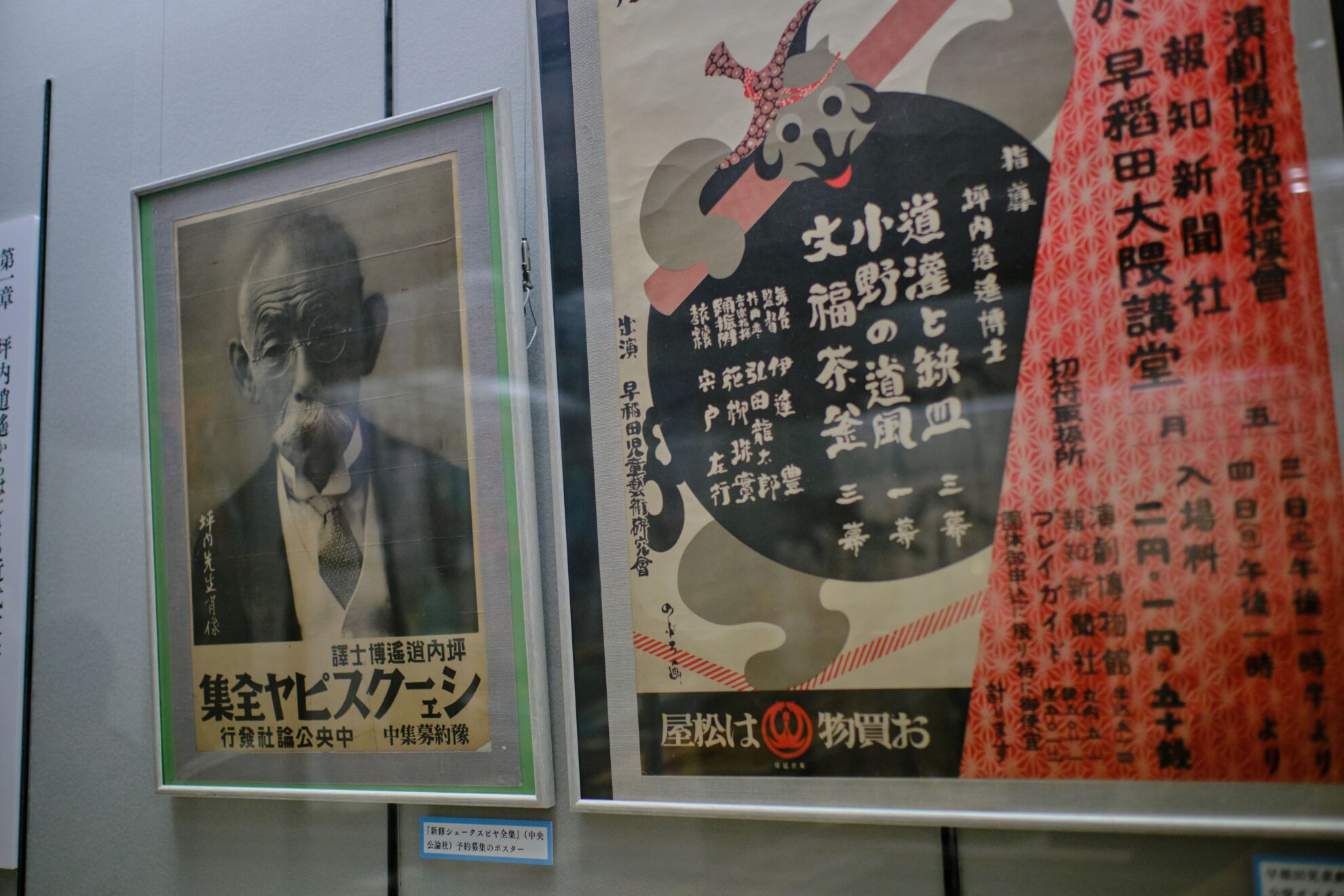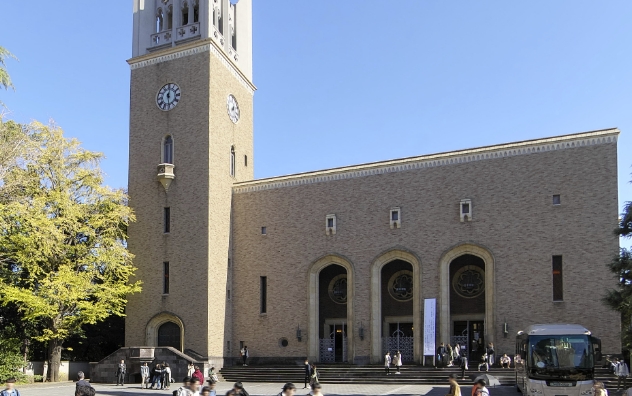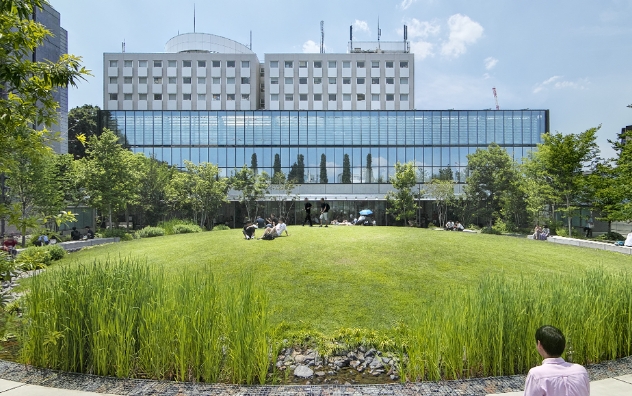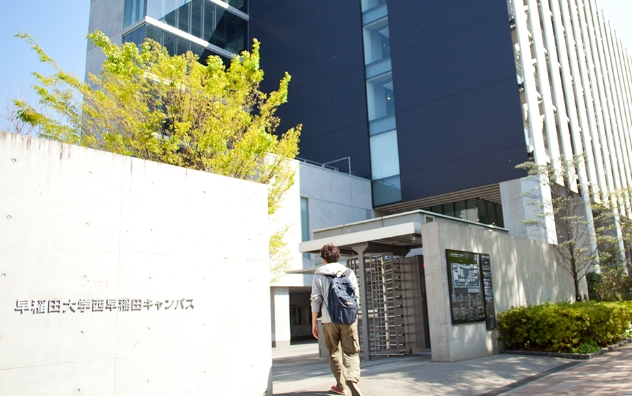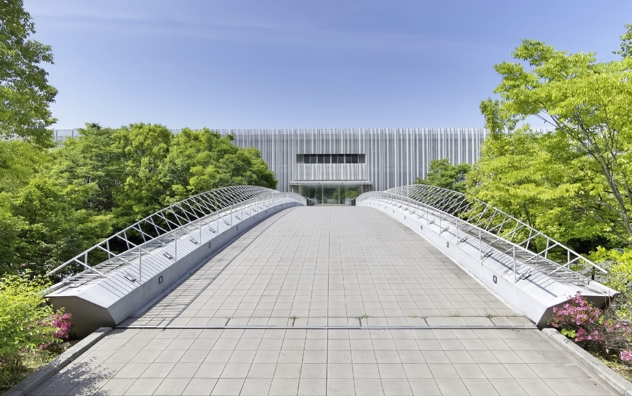Bungo x Engeki: The World of Modern Literature and Theatre in the Enpaku Collection
Mon, Jul 1, 2024-
Tags
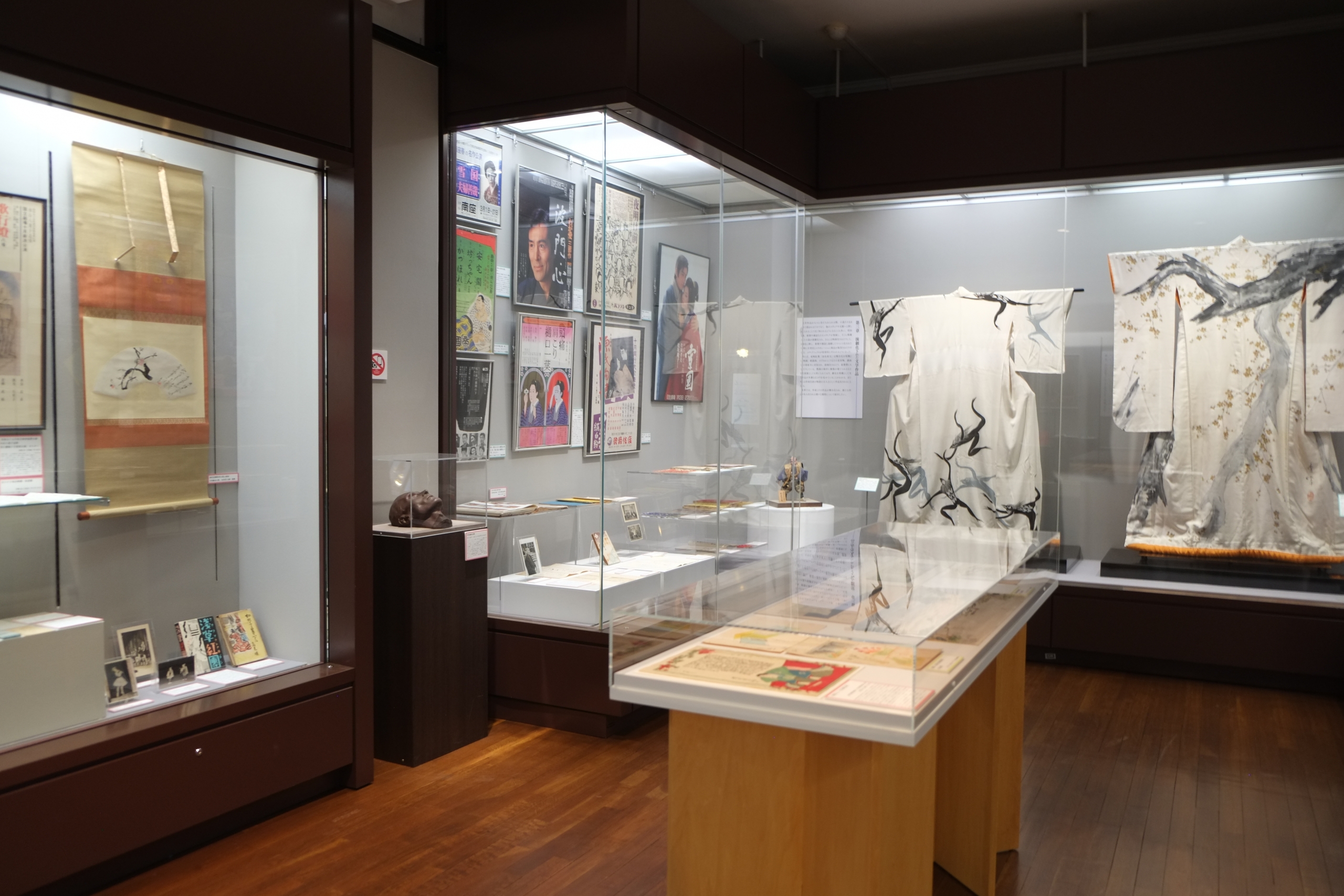
Introduction of Enpaku
Have you ever shaken the hand of Professor Tsubouchi Shoyo’s statue outside the iconic Western-style building near the Haruki Murakami Library at Waseda University? The building is called the Tsubouchi Memorial Theatre Museum, widely known as Enpaku, a distinguished structure with high historical and cultural value throughout many generations. It was designed by the renowned architect Imai Kenji and opened in 1928. The building is based on the Fortune Theatre built in the Elizabethan England era. As a Waseda student, there have been countless times a visitor asked me for directions to Enpaku. Occasions like these have made me realise that Enpaku holds a special value in the hearts of literature and performing arts enthusiasts, especially those who yearn for the nostalgia and wisdom of the long history of Japanese literature.
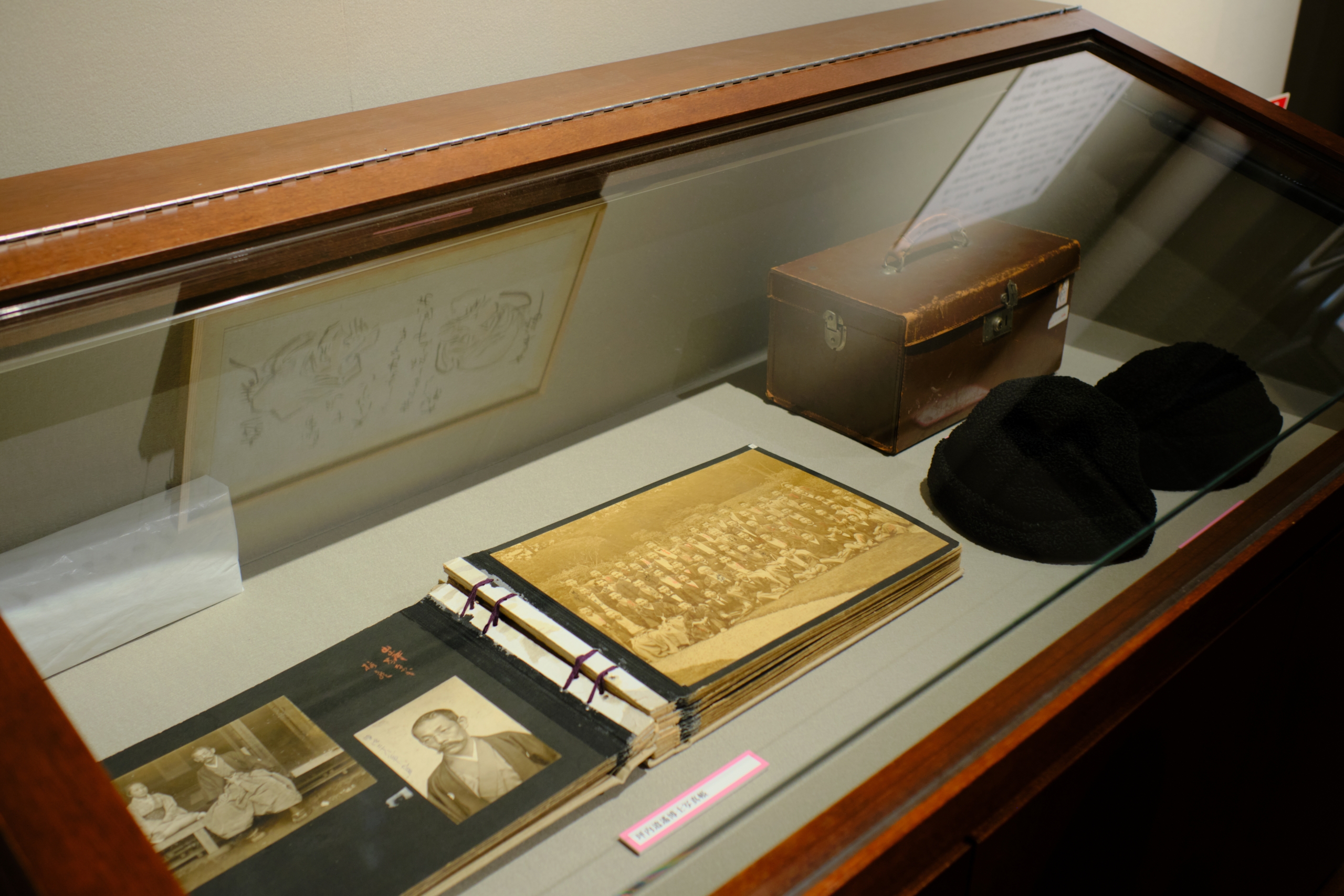
「Bungo x Engeki」- Literature x Theatre
Professor Tsubouchi Shoyo (1859-1935) is one of the most important figures in modern Japanese theatre and literature. As one of the organizers of what is now known as the School of Humanities and Social Sciences, he helped establish a century-long legacy of Shakespearean study at Waseda University. He devoted much of his life to translating the complete works of William Shakespeare into Japanese. Enpaku became the repository and exhibition space for theatrical arts and literature that Professor Tsubouchi Shoyo had long wished for.
Throughout their history, creators of literature and theatre have influenced and inspired each other to pursue continual evolution over time. Literature breeds creativity in theatre, as many literary works have been adapted for the stage and other forms of media such as movies and songs. Similarly, generations of writers are inspired to write after being captivated by the art of performing. At Enpaku, the chance to immerse yourself in the world of literature coalescing with the graceful art of theatre acting is closer than ever as the timeless relationship of these two fields is unveiled through a limited-time exhibition. “Bungo x Engeki – The World of Modern Literature and Theatre in the Enpaku Collection” is being held from June 07 – August 04, 2024. This special exhibit honours the connection between literature and theatre and helps the past and present generations intertwine in the world of arts.
Among the items from Professor Tsubouchi’s collection displayed at this exhibition, some remarkable works include his personal notebook which he used to record and translate Western literature, his pocket diary from Taisho 9 (1920), the letter Professor Tsubouchi wrote to Koizumi Yakumo (also known as Lafcadio Hearn) and handwritten manuscripts of famous works or letters from Professor Tsubouchi’s acquaintances, many of whom were writers of the same era.
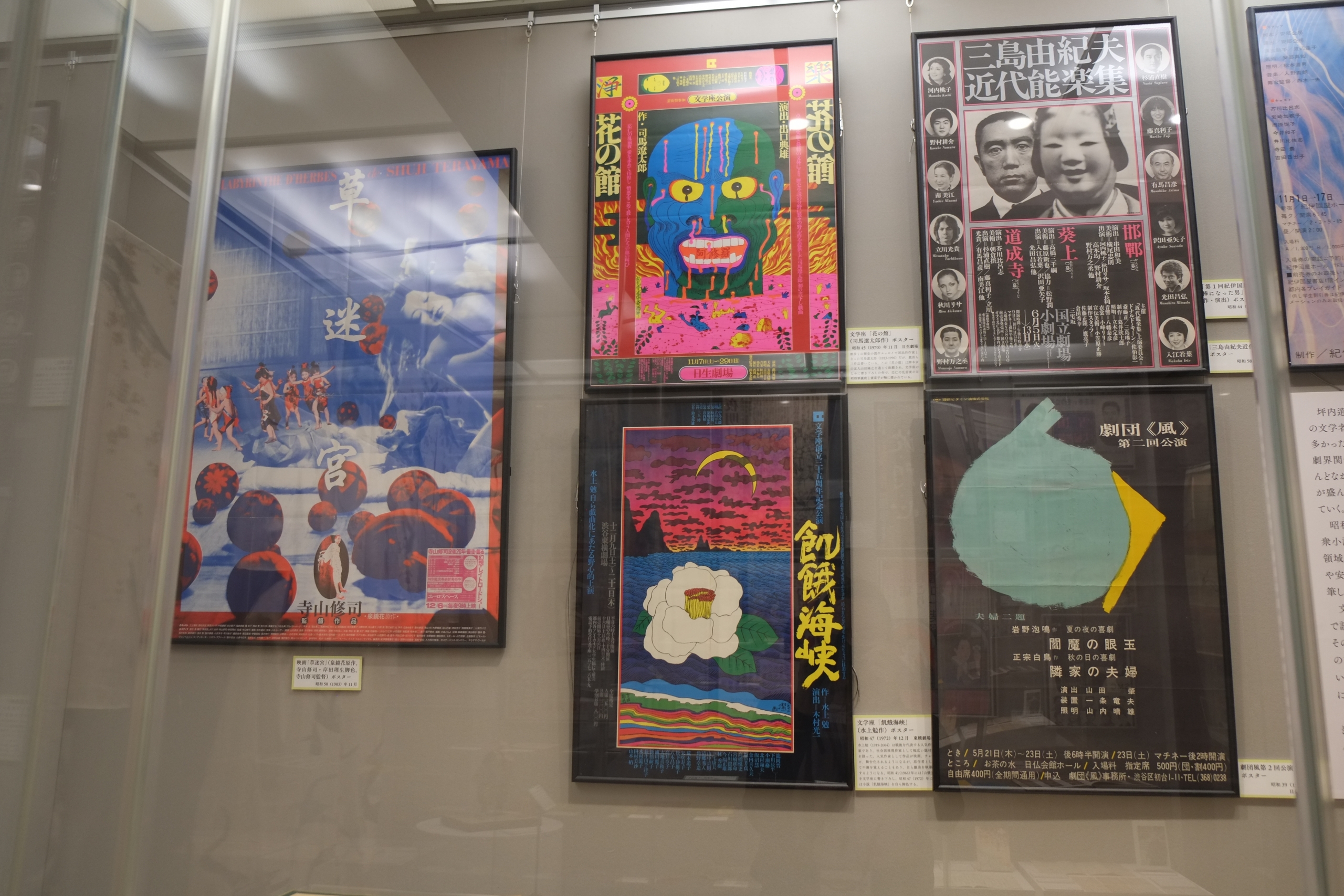
A special collaboration with the game “Bungo and Alchemist”
Additionally, as part of the Bungo x Engeki exhibit, Enpaku is also holding a collaborative exhibition with the famous game titled “Bungo and Alchemist”, which, since 2016, has been a widely popular game. In this game, the player takes on the role of an alchemist who recruits famous historical writers such as Akutagawa Ryunosuke and Dazai Osamu to investigate and cleanse literary works that are “contaminated” by an evil force called the Taints. The game helps spark the interest of the younger generation in influential literary works and famous writers throughout the history of Japan.
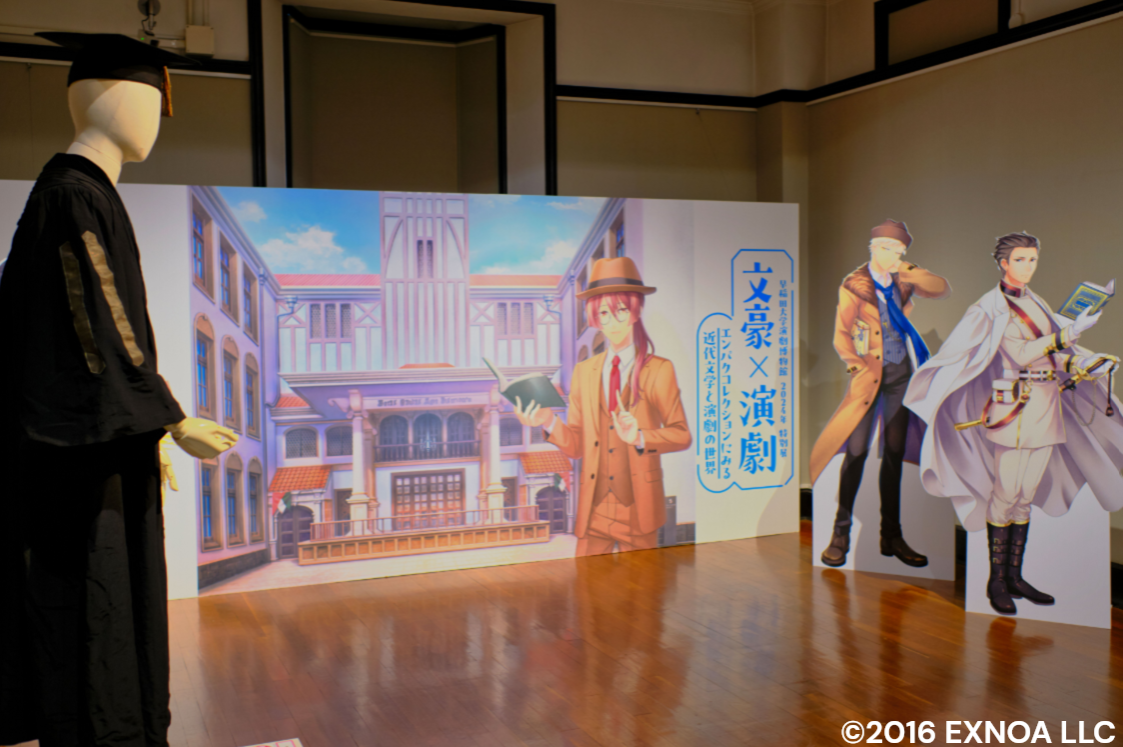
As part of the collaboration with “Bungo and Alchemist”, a life-size self-standing display of the character “Tsubouchi Shoyo” from the game, alongside other characters based on famous Japanese writers who were close to Professor Tsubouchi, such as Mori Ogai and Futabatei Shimei, are being displayed inside Enpaku.
If you are interested in Japanese literature and theatre but have never had a chance to visit Enpaku, now is the perfect time to do so! Not only would you be able to learn more about Professor Tsubouchi’s works and contribution to Japan’s modern theatre and literature, but the works of other famous writers, translators and critics can also be found there.
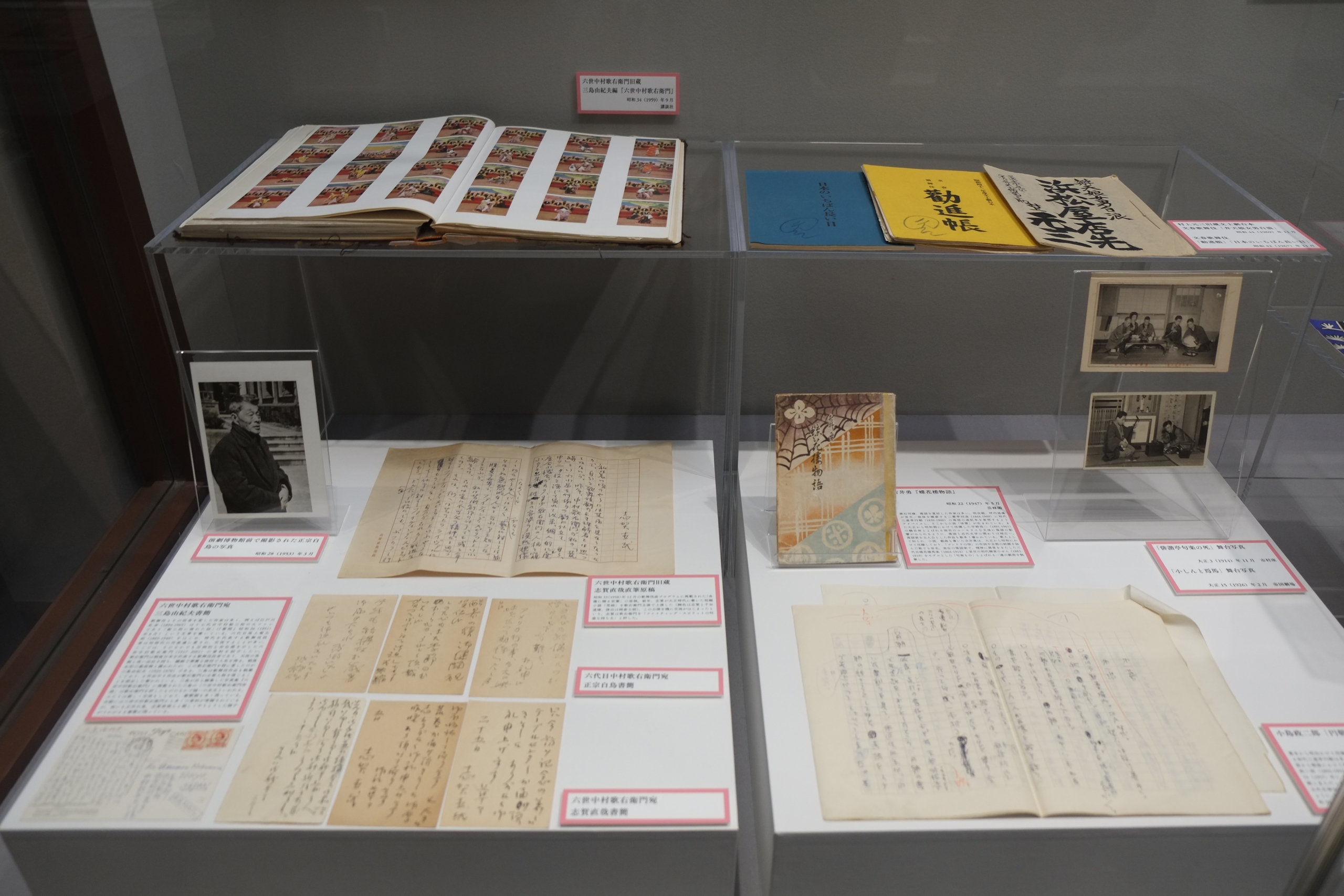
*This article was written by the following Student Contributor:
LE Vi Trang
School of Political Science and Economics


